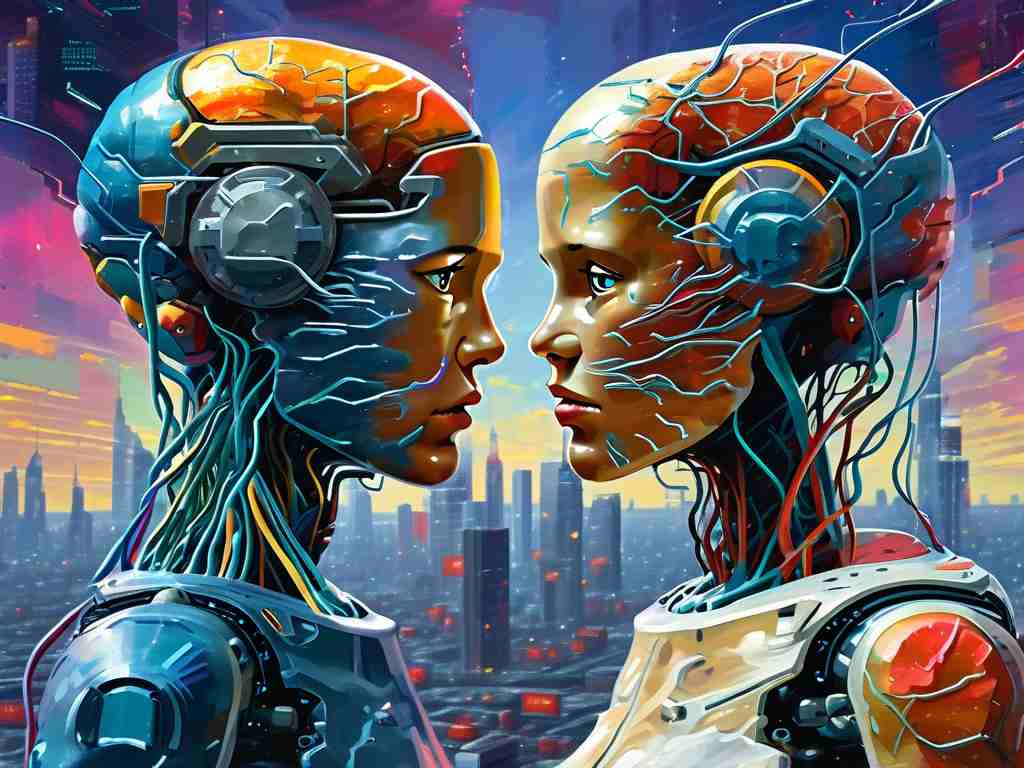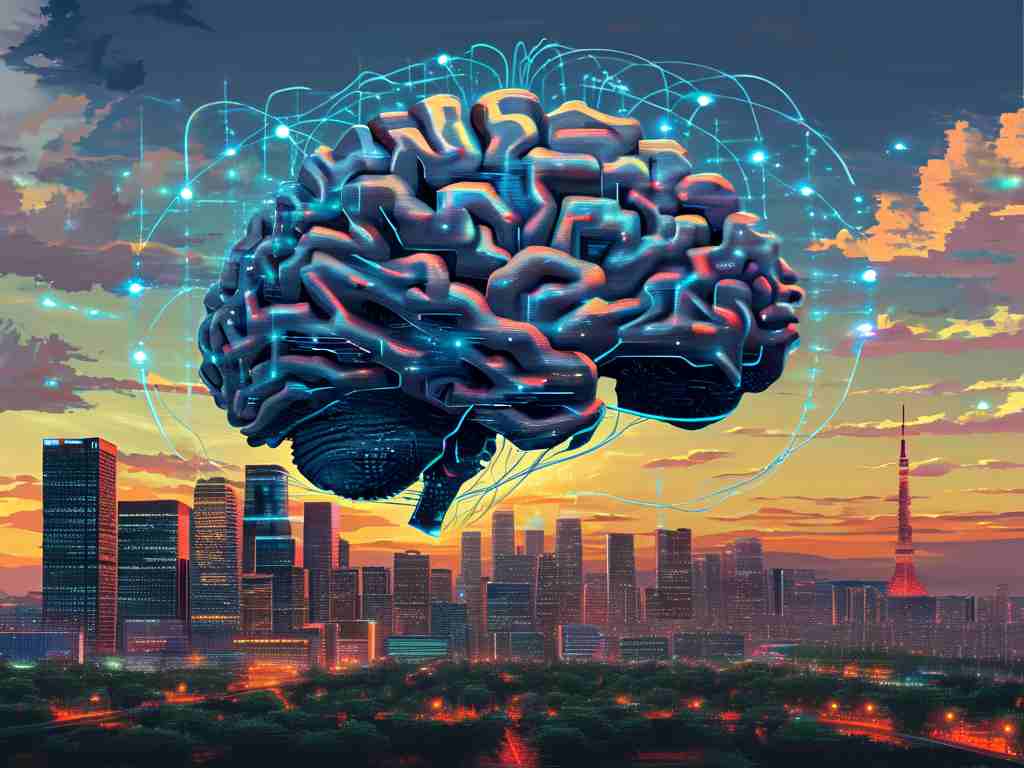The rapid evolution of artificial intelligence has brought neural networks into the spotlight, yet the distinction between traditional models and advanced architectures remains a topic of debate. While both frameworks share foundational principles, their design philosophies and practical applications reveal critical differences that shape their effectiveness in solving real-world problems.

At its core, a neural network mimics biological neurons through interconnected layers that process input data. The simplest form—multilayer perceptrons—uses weighted connections and activation functions to recognize patterns. For decades, this architecture powered basic image recognition and regression tasks. However, modern challenges like natural language processing and generative AI demand more sophisticated approaches. This gap led to the emergence of architectures like transformers, graph neural networks (GNNs), and capsule networks, which address specific limitations of conventional models.
One key divergence lies in handling sequential data. Recurrent neural networks (RNNs) once dominated time-series analysis but struggled with long-term dependencies. The transformer architecture revolutionized this space through self-attention mechanisms, enabling models like GPT-4 to process context across thousands of tokens. A PyTorch snippet below illustrates this contrast:
# Traditional RNN rnn = nn.RNN(input_size=10, hidden_size=20, num_layers=2) # Transformer Layer transformer = nn.Transformer(d_model=512, nhead=8)
Another critical differentiator is parameter efficiency. Convolutional neural networks (CNNs) excel at spatial feature extraction but require extensive training data. Newer architectures like residual networks (ResNets) introduced skip connections to deepen models without degradation, while vision transformers (ViTs) split images into patches for parallel processing. These innovations demonstrate how structural adaptations overcome traditional networks' computational bottlenecks.
Interpretability presents another frontier. While simpler neural networks allow partial visibility into decision-making processes, complex architectures often operate as "black boxes." Techniques like attention mapping in transformers or feature visualization in GNNs attempt to bridge this gap, but fundamental differences remain in how human-readable insights emerge from various architectures.
The training paradigm further separates these approaches. Traditional networks typically rely on supervised learning with labeled datasets, whereas modern architectures increasingly employ self-supervised or reinforcement learning strategies. For instance, contrastive learning frameworks enable models like CLIP to learn visual-textual relationships without exhaustive annotation—a leap from conventional training methodologies.
Real-world deployment magnifies these distinctions. Autonomous vehicles use hybrid architectures combining CNNs for object detection with temporal networks for motion prediction. Meanwhile, quantum neural networks explore superposition principles for optimization tasks. These implementations underscore how problem specificity dictates architectural choices, making "one-size-fits-all" solutions impractical.
Ethical considerations compound these technical differences. Larger architectures like large language models (LLMs) raise concerns about energy consumption and bias amplification that simpler networks avoid. Researchers now advocate for "right-sized" models that balance capability with environmental and social impact—a concept foreign to early neural network development.
The future likely holds heterogeneous AI ecosystems where traditional and advanced architectures coexist. As shown in this TensorFlow example, combining multiple approaches often yields superior results:
# Hybrid Model base_model = tf.keras.applications.ResNet50(weights='imagenet') transformer_head = tf.keras.layers.MultiHeadAttention(num_heads=4, key_dim=64)
This synergy suggests that framing neural networks as competing paradigms misses the larger picture. Instead, the field progresses through architectural innovation that builds upon—rather than replaces—established concepts. As computational boundaries expand, understanding these nuanced relationships becomes crucial for developing ethical, efficient, and explainable AI systems.









